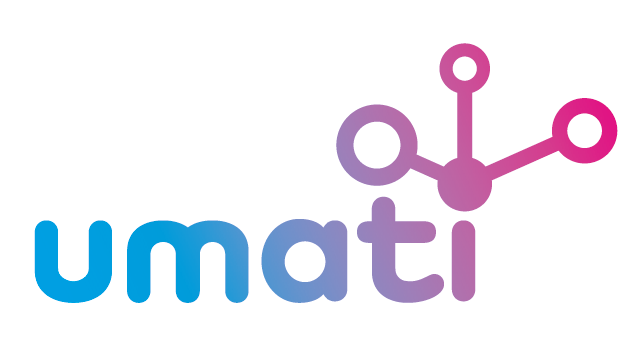The working group on OPC 40084 develops information models for rubber and plastics extrusion. The intention is to ensure interoperability between the different machines in an extrusion line. In particular, the monitoring of the overall production and the management of production orders are possible use cases.
OPC 40084–1 provides general types that are used for extrusion. Together with OPC 40083, which defines general type definitions for the complete sector plastics and rubber machinery, it is the basis for all other parts of OPC 40084.
OPC 40084–2 describes the interface between extrusion lines and manufacturing execution systems (MES) for data exchange. MES are used for collecting the information generated by extrusion lines at a central point for easier quality assurance and job and dataset management. The target of OPC 40084–2 is to provide a unique interface for extrusion lines and MES from different manufacturers to ensure compatibility.
The following functionalities are covered:
- General information about the extrusion lines, current configuration and status of the extruder line.
- Job management
- Recipe management including temperatures, dosing volumes etc.
